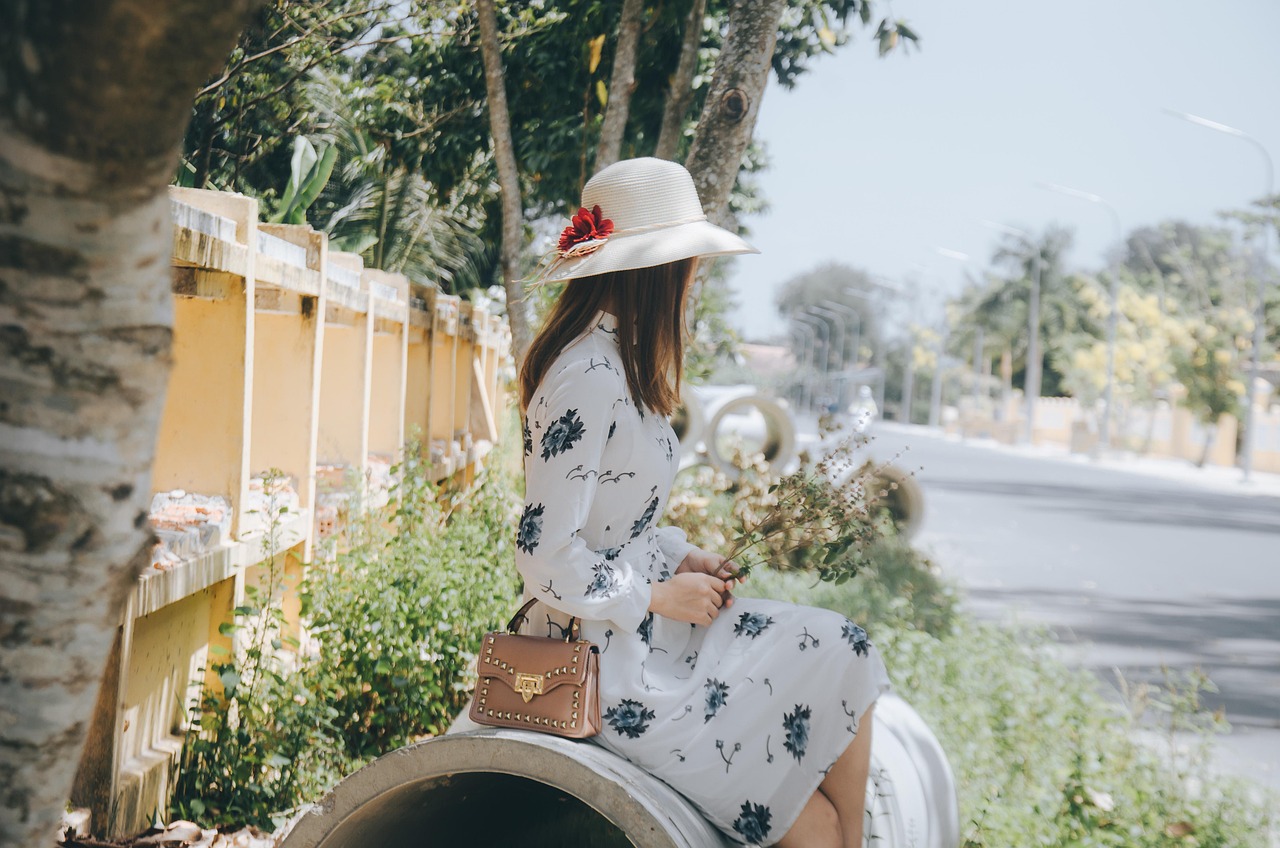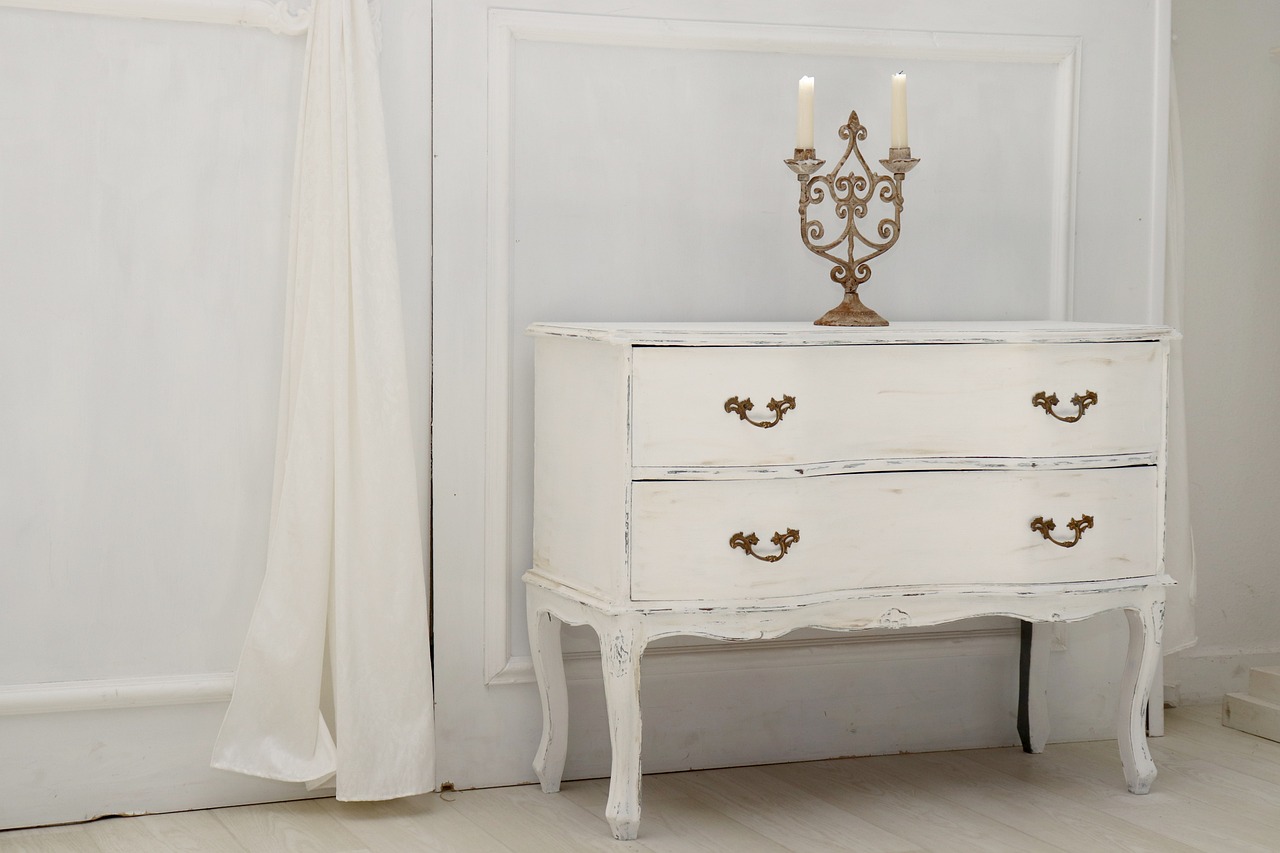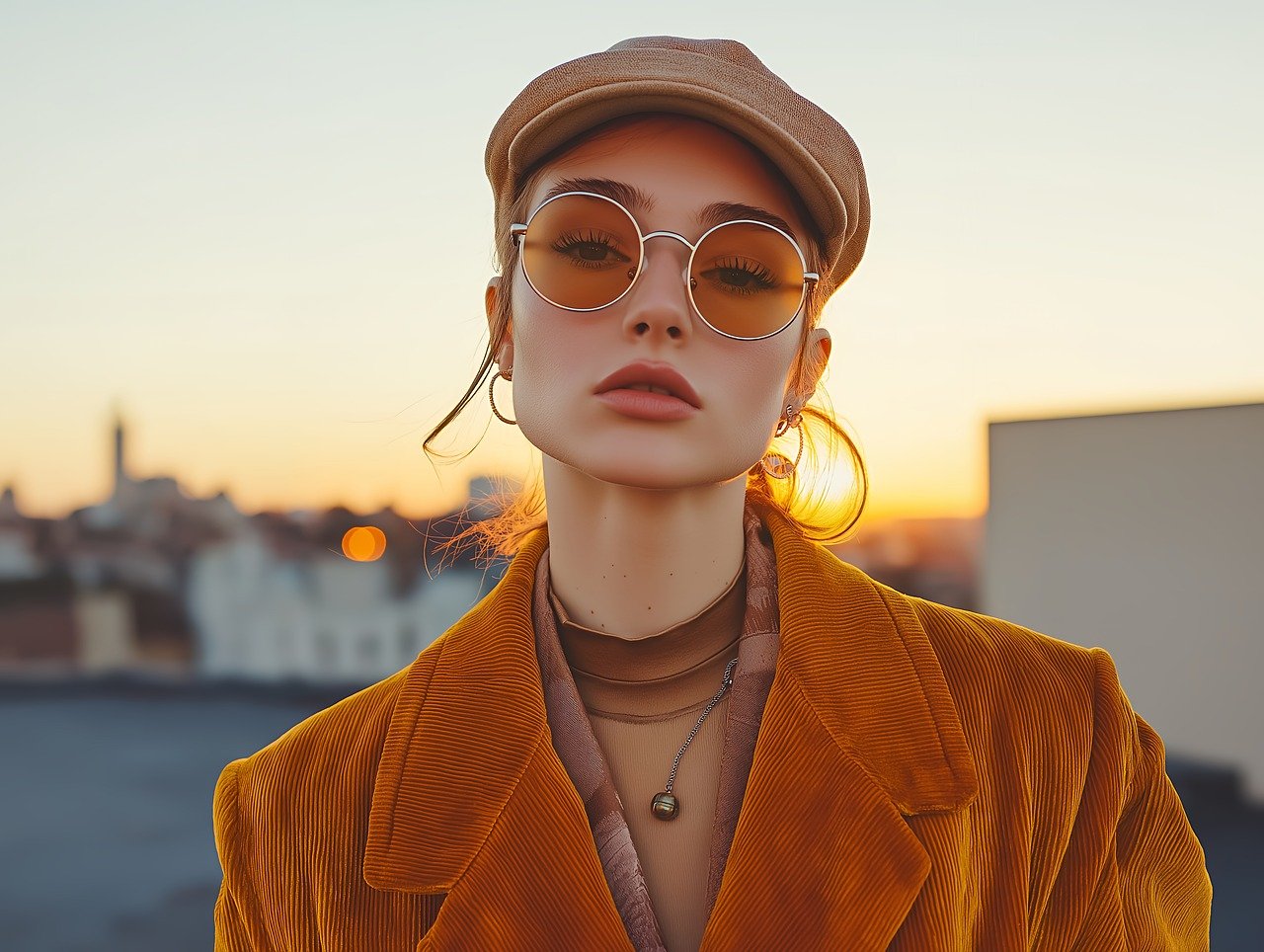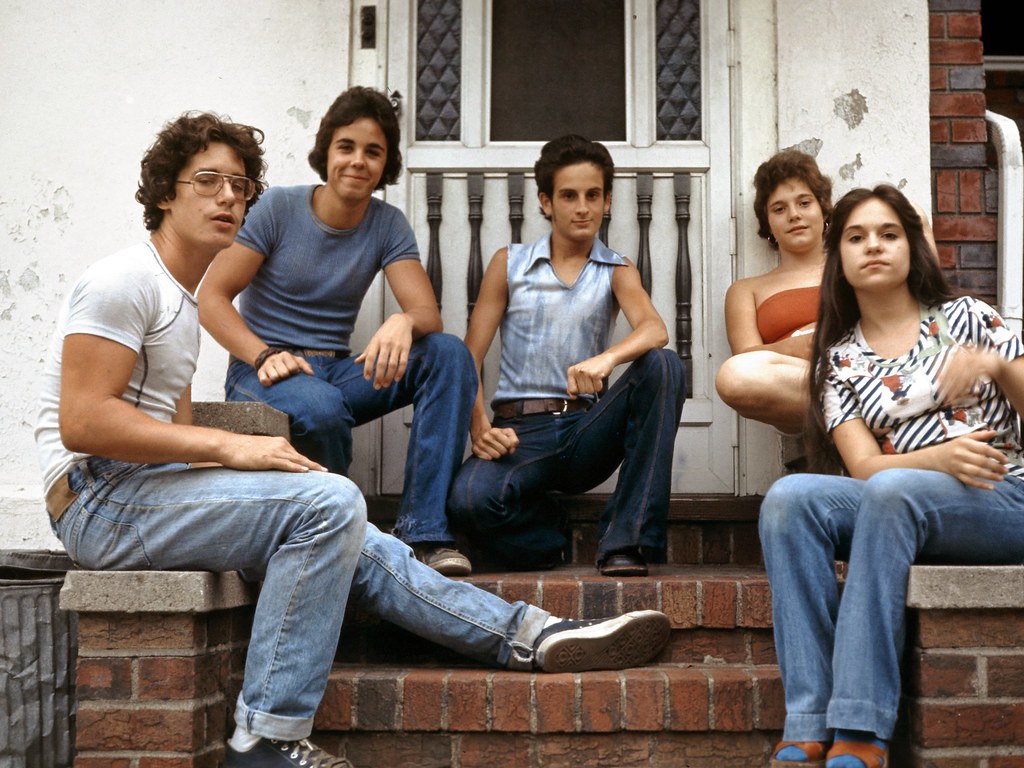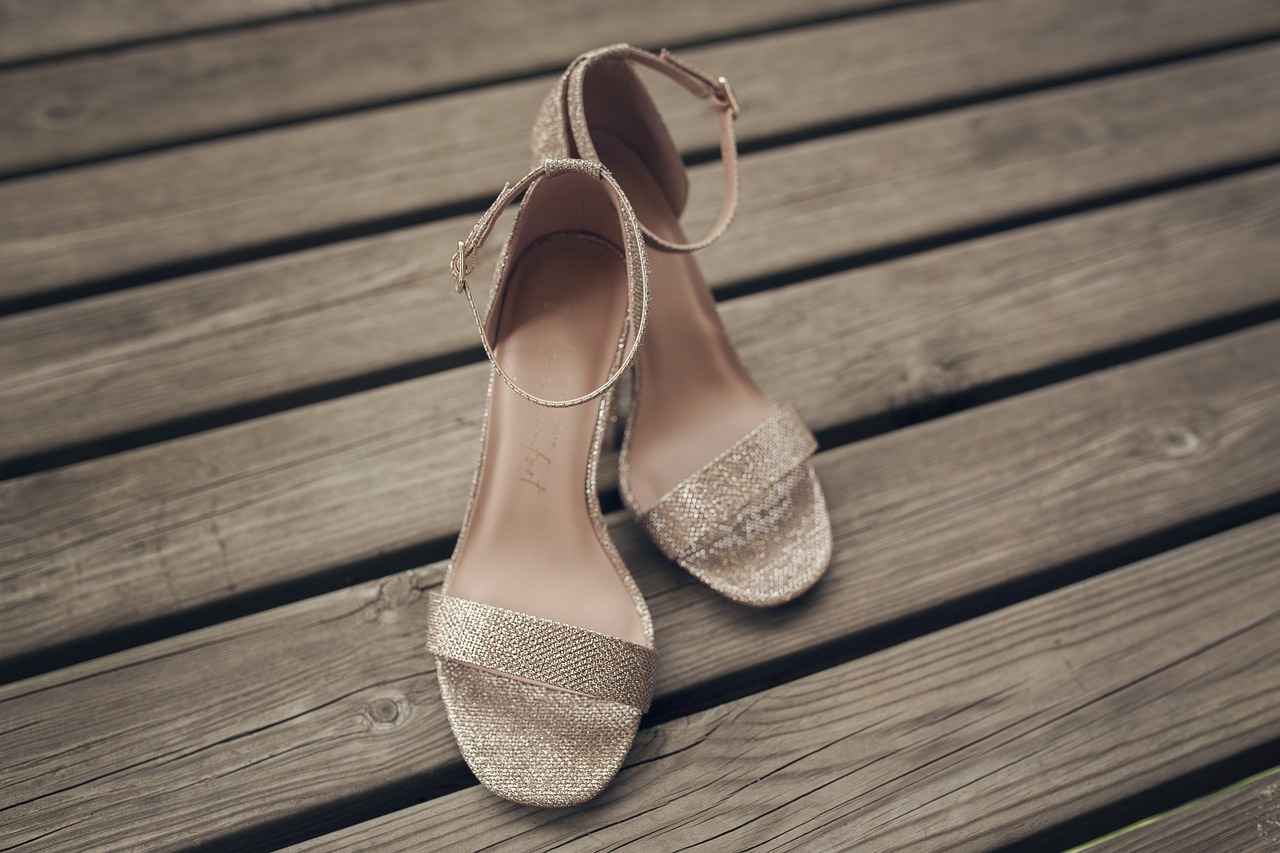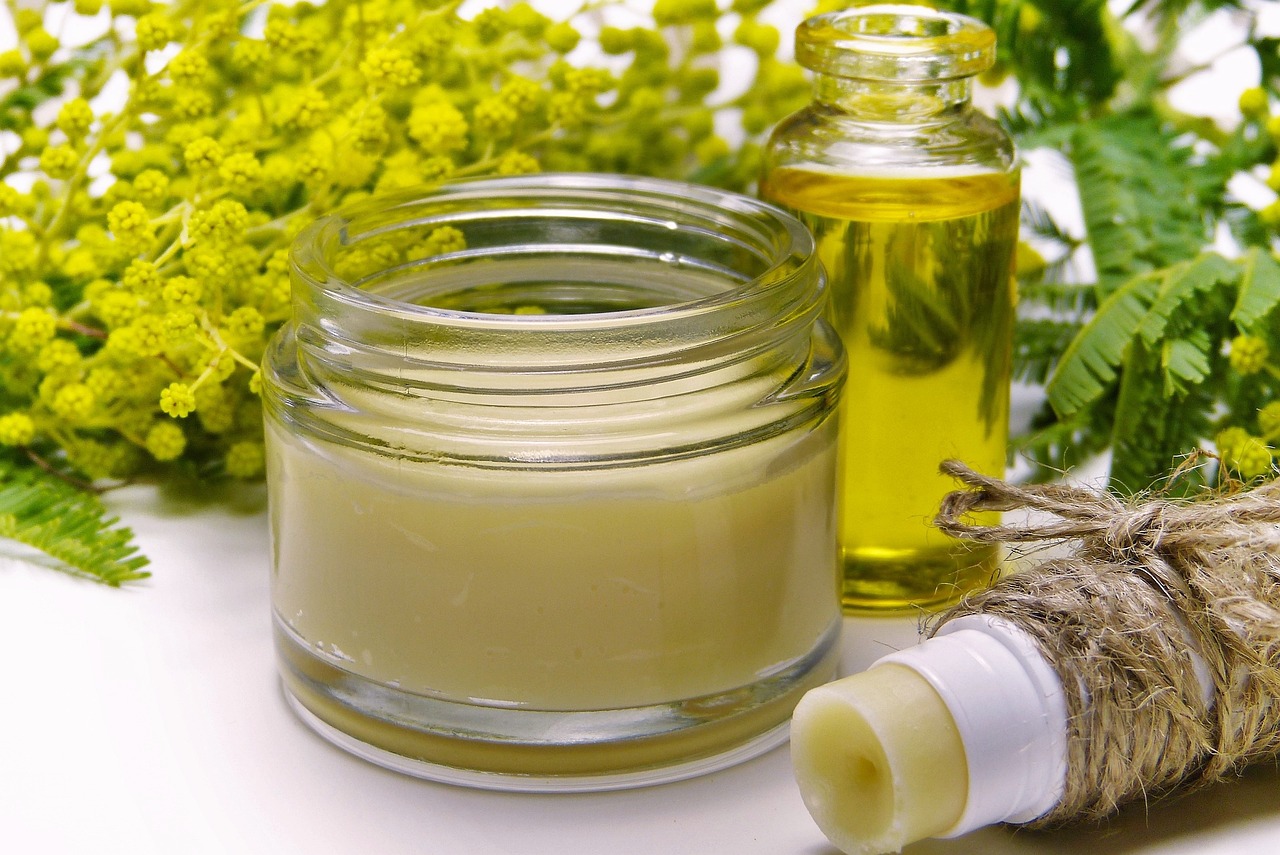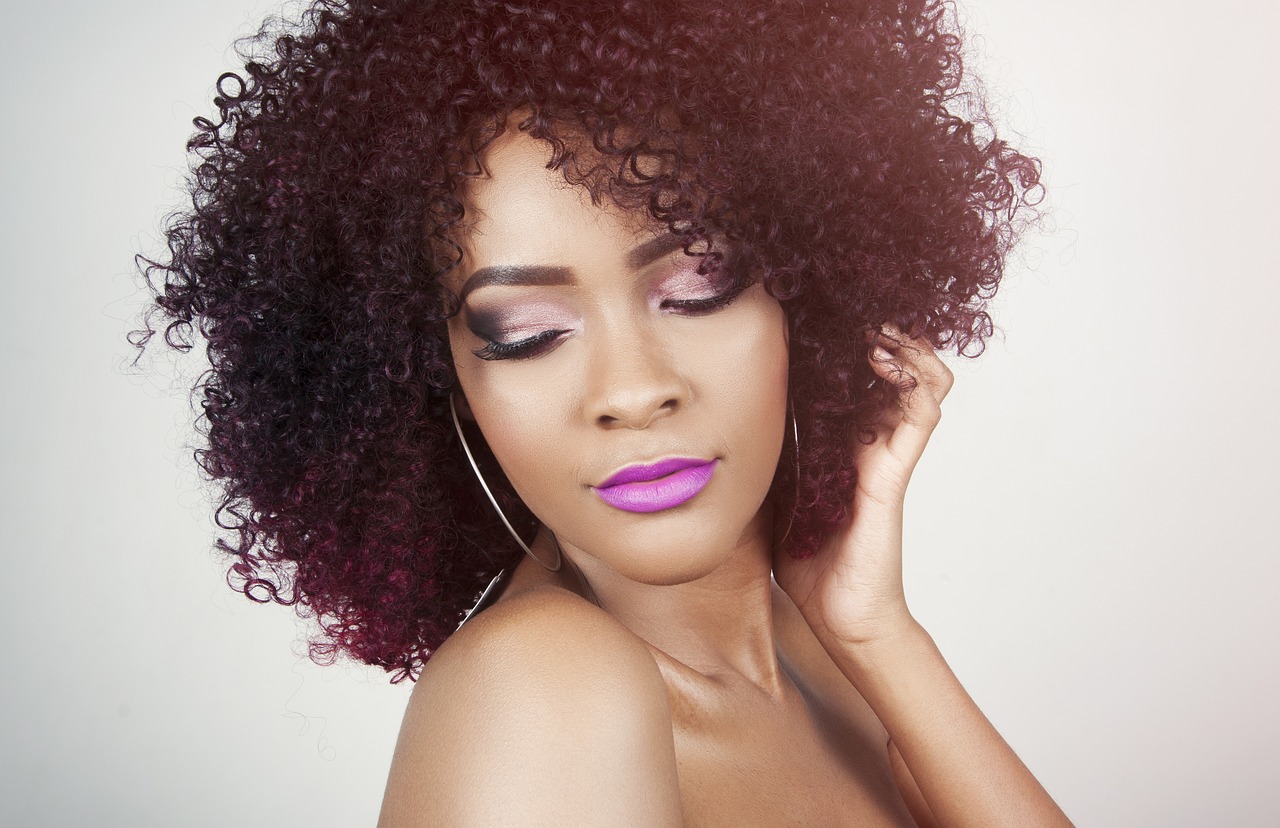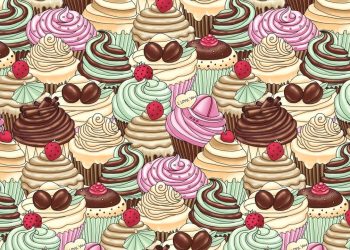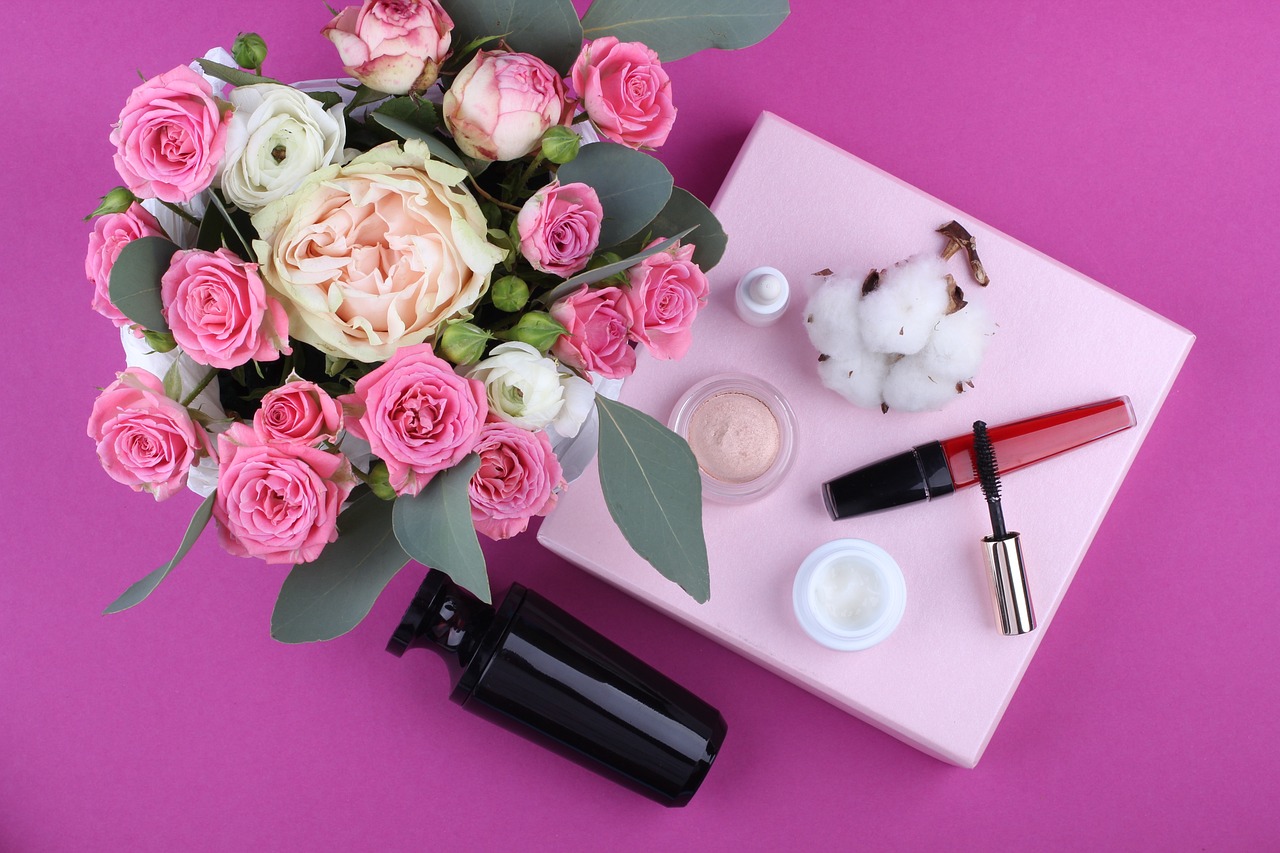Mixing patterns in your wardrobe is often seen as one of the most challenging aspects of fashion. It’s the sort of thing that, when done right, looks effortless and cool, but when done wrong, can end up feeling chaotic and mismatched. But the truth is, mastering the art of mixing patterns isn’t as intimidating as it seems. It’s about understanding a few basic rules, trusting your instincts, and having the confidence to step outside your comfort zone. With the right combinations, pattern mixing can bring depth, personality, and energy to your outfits, making you look like a true style pro. Let’s take a look at how you can start mixing patterns like an expert.
Start with a Neutral Base
When it comes to mixing patterns, the key is to create harmony. A great way to do this is by starting with a neutral base. Neutral colors, such as black, white, beige, or grey, provide a perfect foundation to let your patterns shine without overwhelming the eye. Consider starting with a neutral pair of trousers or a skirt, and build from there.
For example, if you’re new to pattern mixing, you could wear a pair of neutral trousers and layer on a striped blouse. Once you’re comfortable, add a second pattern—perhaps in the form of a scarf or jacket that features a different, complementary print. Keeping a neutral item as the anchor helps to create a cohesive look, allowing the mixed patterns to be the focal point without causing visual overload.
Match Colors to Maintain Harmony
Color is one of the most important factors in successfully mixing patterns. A general rule of thumb is to choose patterns that share at least one color in common. By matching colors, you create a natural sense of continuity, which helps different prints work together harmoniously.
For instance, if you’re mixing polka dots with florals, look for pieces that have similar color palettes. A black and white polka-dot blouse can work beautifully with a floral skirt that incorporates black or white within its print. Matching colors makes even the most daring combinations look intentional and stylish.
If you’re feeling adventurous, try playing with contrasting colors that are still part of the same color family—such as warm hues (reds, oranges, and pinks) or cool hues (blues, greens, and purples). The key is to ensure that the colors have a visual relationship, which ties everything together, even if the patterns are quite different.
Vary Pattern Scales for Balance
Another critical element of pattern mixing is paying attention to the scale of each pattern. Combining prints of varying scales helps to maintain balance and avoid overwhelming your look. When all the patterns are the same size, they can end up competing with one another, which may lead to a chaotic appearance.
To master this, pair a large-scale pattern with a smaller one. For example, you could wear a bold, oversized floral skirt with a small, subtle striped top. The large floral pattern serves as the statement piece, while the smaller stripes add visual interest without stealing the spotlight. Alternatively, a pair of wide-check plaid trousers can be paired with a blouse that features a delicate polka-dot print.
This variation in scale allows each pattern to be seen clearly, and it also helps prevent the outfit from feeling overly busy. Remember: balance is key. You want your patterns to complement one another, not overwhelm each other.
Use Stripes and Dots as Your Starting Point
Stripes and polka dots are two of the easiest patterns to mix and are an excellent starting point for anyone new to pattern mixing. These classic prints are versatile and work well with just about any other pattern, whether it’s floral, plaid, animal print, or abstract shapes.
Consider starting with a striped top, as it acts almost like a neutral when paired with other prints. Stripes are simple and clean, which makes them an ideal choice to combine with more complex patterns. For example, a black and white striped tee can look fantastic paired with a bold floral skirt or a leopard-print blazer.
Polka dots are equally versatile and can add a touch of fun to your look. Try mixing a polka-dot blouse with a plaid or checked skirt. As long as you keep the colors cohesive, this pairing will create an engaging look that feels coordinated without being too loud.
Incorporate Florals and Animal Prints
Florals and animal prints are statement patterns that can bring a lot of personality to an outfit. While they can feel intimidating to mix, with the right balance, they can actually complement each other quite well.
When combining florals and animal prints, the key is to let one print be the dominant feature while the other plays a supporting role. For example, a leopard-print skirt can be paired with a small, dainty floral blouse. This way, the boldness of the leopard print is balanced by the more delicate floral print.
Another way to mix florals and animal prints is to keep both patterns in similar color tones. If your floral print has earthy tones like brown, beige, and green, choose an animal print that also has similar hues. This approach ties the prints together and makes them feel harmonious rather than clashing.
Add Solids to Break Up Patterns
If you’re feeling uncertain about going all-in with multiple patterns, adding solid pieces in between can help break up the prints and create visual breathing room. Solid colors act as a buffer that allows each pattern to stand out on its own without overwhelming your look.
For instance, if you’re wearing patterned trousers and a patterned blouse, you could add a solid-colored blazer or cardigan to pull the look together. Similarly, incorporating solid shoes, bags, or belts will help ground the outfit and make it feel more cohesive. This strategy is particularly useful for beginners who want to experiment with pattern mixing without committing to an entirely patterned ensemble.
Play with Texture to Add Depth
Incorporating texture into your patterned looks can also enhance your outfit. Mixing textures adds depth and dimension, making the patterns feel more luxurious and interesting. Try combining a soft, silky floral blouse with a tweed skirt or a chunky knit sweater with striped trousers.
Textures add another layer of complexity that helps to create a balanced look. For example, a velvet jacket paired with a striped cotton top and a floral silk scarf creates an ensemble that feels rich and varied. Don’t be afraid to mix textures along with patterns, as long as the overall look remains balanced and each piece has its moment to shine.
Experiment with Accessories
Accessories can be a fantastic way to introduce pattern mixing into your outfit without making a major commitment. Patterned shoes, bags, scarves, and even jewelry can be mixed and matched with your clothing to add a touch of flair.
For example, if you’re wearing a simple striped dress, try adding a floral scarf or a pair of polka-dot shoes. A patterned belt can also be a great way to introduce a second print into your look in a subtle yet effective way. Accessories give you the freedom to experiment with patterns without feeling overwhelmed, and they allow you to try different combinations until you find the ones that work best for you.
Confidence is Key
The most important element of mixing patterns like a pro is confidence. Fashion is all about expressing yourself, and there are no hard and fast rules that you must follow. Trust your instincts, have fun with your style, and don’t be afraid to push the boundaries.
If you feel good in what you’re wearing, others will notice that confidence, and it will elevate your entire look. Start with combinations that feel safe, and as you become more comfortable, experiment with bolder choices. The more you play with pattern mixing, the better you’ll become at understanding what works for you and how to create looks that reflect your personal style.
Mixing patterns can be an exhilarating way to refresh your wardrobe and show off your creativity. With these tips in mind, you can approach pattern mixing with ease and excitement, ultimately mastering the art of creating unique, stylish, and visually captivating outfits.


